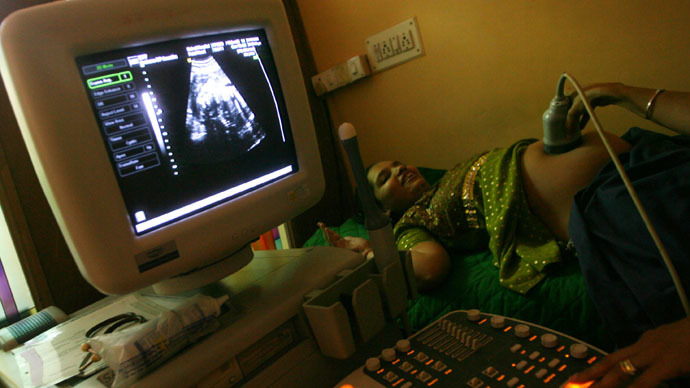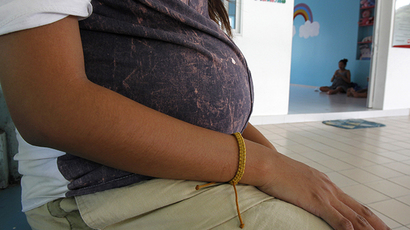Males, females conceived evenly, but females have higher mortality rate during pregnancy

The sex ratio at conception is 50-50 between males and females, but more males are born throughout the world because of a higher mortality rate for female fetuses, according to a new study that focused on the sex ratio from conception to birth.
“It’s important to study male-female differences in the womb because they underlie, in part, the profound differences we see between males and females at birth and thereafter,” biologist Steven Orzack at the Fresh Pond Research Institute in Cambridge, Massachusetts said, according to HealthDay.
Gene expression starts at the first cell ‒ or immediately after fertilization ‒ and the first linkage to the X- or Y-chromosomes occurs at the eight-cell stage, meaning that gender is assigned to the fetus almost at conception. In general, around 105 boys are born for every 100 girls worldwide, a natural phenomenon that was first studied in the late 17th century, and that is not due to selective abortions of female fetuses in some regions.
“Our results indicate that the sex ratio at conception is unbiased, the proportion of males increases during the first trimester, and total female mortality during pregnancy exceeds total male mortality,” the authors, led by Orzack, wrote about the significance of their study.
READ MORE: 3-parent babies: Britain first to legalize radical DNA treatment
The data disproves the claim that conception is more male-biased than the birth sex ratio, an assertion that “appears often in textbooks and in scientific literature, usually with little or no description of evidence,” the researchers wrote, noting that previous estimates of the primary sex ratio “have no meaningful basis in data from the time of conception (or within at least a month of it.”
To estimate the sex ratio at conception, they examined data on nearly 140,000 embryos that had been created in fertility clinics, along with almost 900-thousand samples from fetal screening tests like amniocentesis, and 30 million records from abortions, miscarriages and live births. The embryos ‒ aged three to six days old ‒ that had been routinely screened at fertility clinics in the United States and Canada for genetic problems.
In the US, 51 percent of the babies born are male.
“Our dataset is the most comprehensive and largest ever assembled to estimate the sex ratio at conception and the sex ratio trajectory and is the first, to our knowledge, to include all of these types of data,” the authors wrote.
Orzack and his fellow researchers from Harvard, Oxford and Genzyme Genetics found that the sex breakdown was virtually even at the point of conception.
“The best estimate we have is that it's even-steven ‒ 50 percent males [and] 50 percent females,” Orzack told NPR.
The researchers also found that the sex ratio among abnormal embryos is male-biased, and the sex ratio among normal embryos is female-biased, which may be associated with the abnormal or normal state of the sex chromosomes and of chromosomes 15 and 17.
The sex ratio decreases in the first week or so after conception, meaning there is an excess of male mortality. The ratio then increases for at least 10-15 weeks as more female fetuses die, and then levels off after approximately the 20th week of pregnancy, the authors found. The sex ratio finally declines slowly from week 28 to week 35 due to another excess of male fetuses dying.
“The unbiased sex ratio at conception, the increase in the sex ratio during the first trimester, and total mortality during pregnancy being greater for females are fundamental insights into early human development,” the researchers wrote.
In the future, Orzack said the group would like to figure out why more females are dying than males during the early stages of pregnancy and why the ratio switches later on, with more males dying during the latter stages of gestation, according to HealthDay.
The paper was published in the latest edition of the Proceedings of the National Academy of Sciences of the United States, a scientific journal.














